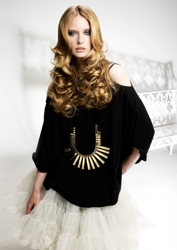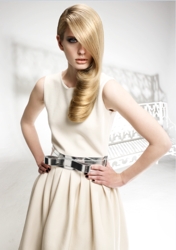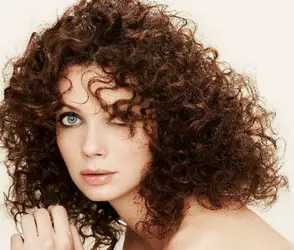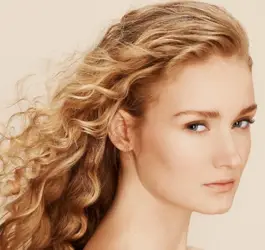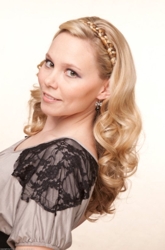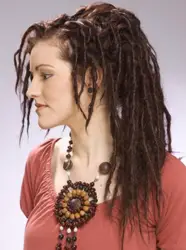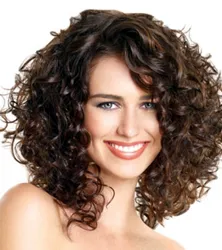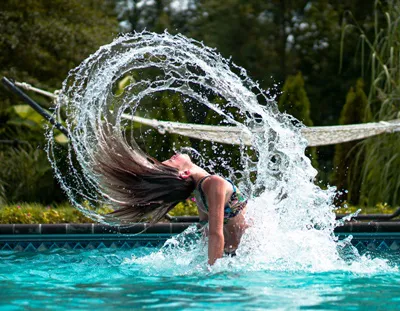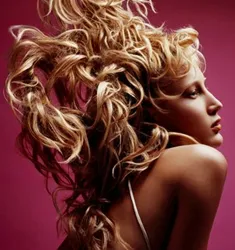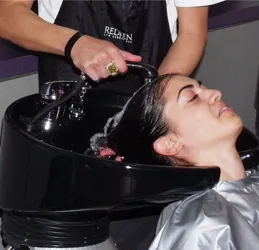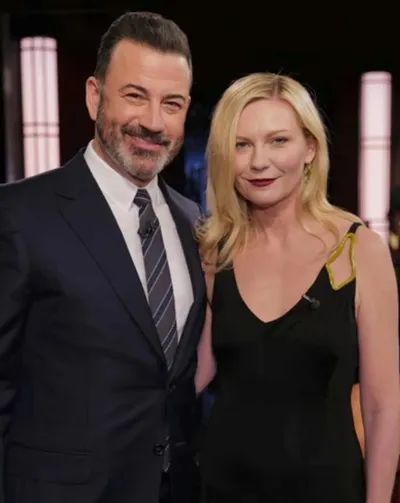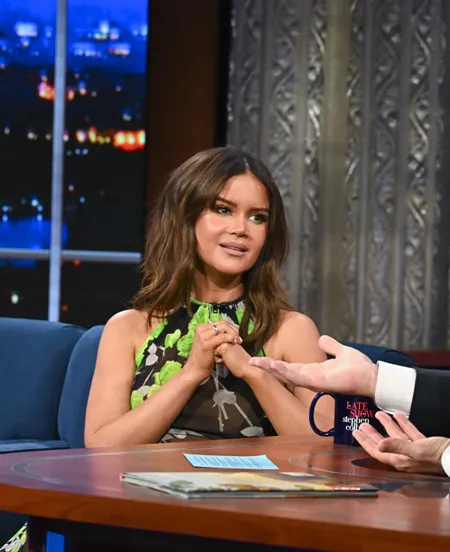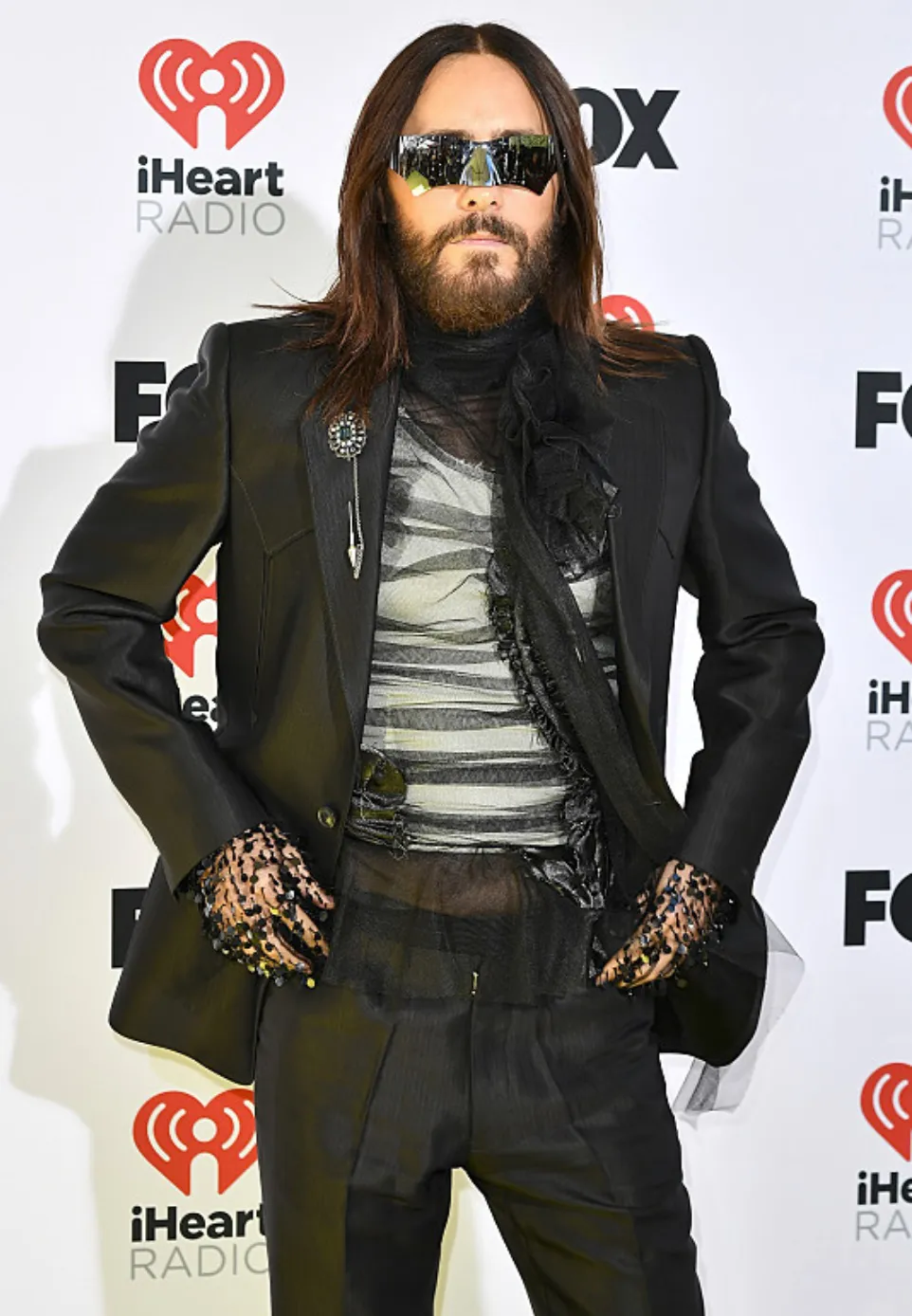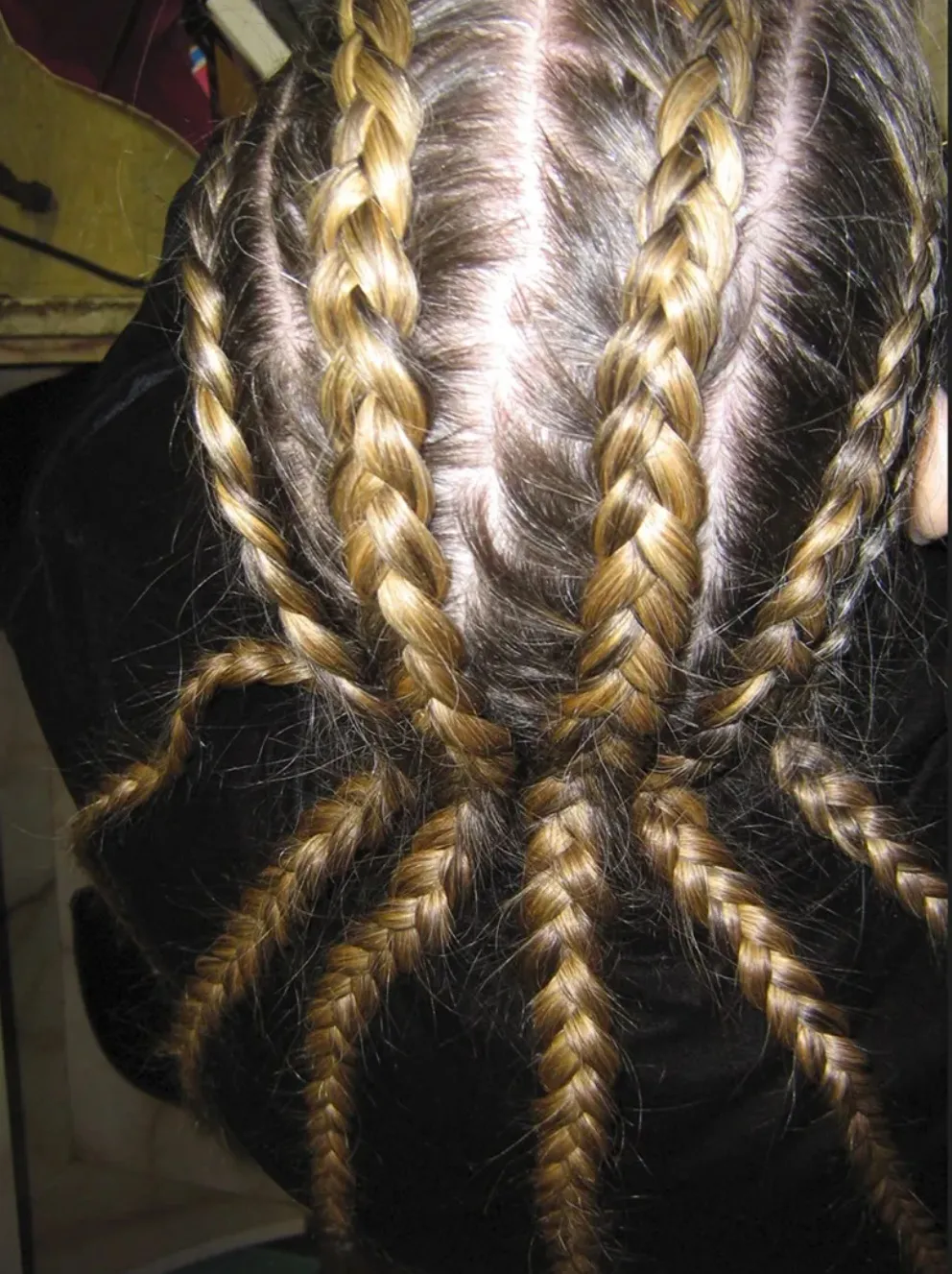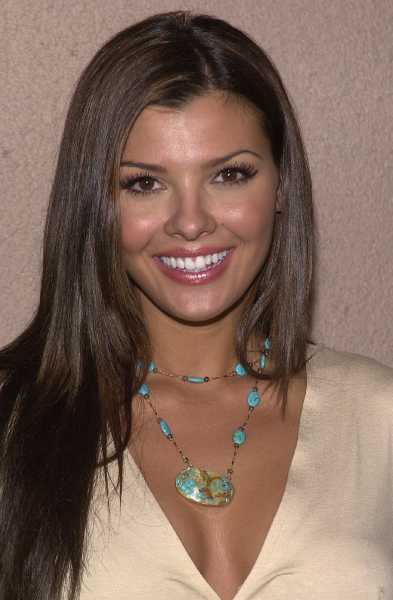
The CWC Hair Wash Method For Long, Textured Or Damaged Strands
Introduction
You may be wondering what The CWC Hair Wash Method is. If you don't have long or naturally textured hair you may not know. Whether you have long hair, naturally textured hair or extremely damaged hair you may benefit from what is known as Condition Wash Condition or CWC. The CWC Method works very well for hair which tangles, splits or breaks easily. The standard hair washing technique of washing hair with undiluted shampoo (also known as poo) is not always the best for any type of hair. In fact, usually only the scalp and root section of the hair actually gets dirty enough to require a focused cleansing product. When shampoo is applied repeatedly to the length and ends of the hair it may dry out the strands and is definitely not needed. The length of the strands as a rule do not get dirty under most scenarios. Some hair experts do not advocate the CWC Method but many with long, damaged or naturally textured hair swear by the CWC Method or similar. Of course if your hair works well with a traditional shampoo cleansing system then there is no need to do a CWC unless you wish to experiment. The CWC Method doesn't have to be expensive. You can use inexpensive rinse-out conditioners for the first or second treatment. You can experiment with a variety of products which is often fun and very enlightening. You may want to use two different conditioners for the two different conditioning cycles. If you prefer, you can use the same conditioner for both cycles. It's often fun to keep an ongoing journal of the different formulations you create to cleanse your hair. Steps For Doing A CWC Hair Cleansing Method
After years of experimenting with the CWC and other types of alternative cleansing techniques I have listed all the steps I follow when doing a CWC Hair Cleansing method: 1. Use a hair friendly wide tooth comb without snags and detangle hair from the ends to the roots. Take your time and work in sections. 2. Pre-Fill three gallon sized clean jugs with lukewarm water. Pre-Fill one gallon sized clean jug with cool water. Load the three warm water jugs into the shower. 3. Turn on your shower with lukewarm water and get in. Allow water to drizzle down on hair. Once hair is wet with the lukewarm water pour one of the three jugs over the top of the head. Allow water to completely soak down through the strands. If you prefer you can catch the lukewarm water in an empty bowl and continue to pour water over hair until soaking wet. Condition4. Apply rinse-out conditioner from the top of the ears down to the ends. Do not apply conditioner directly to the scalp. Use fingers to distribute conditioner through the strands.
Wash5. With conditioner still on the hair apply shampoo to the scalp and around the top of the head. If you prefer, you can use diluted shampoo (DS) which consists of mixing 1/4 teaspoon of shampoo to 1 gallon of luke warm water. Shake it up to form a suds. Instead of applying shampoo directly to the scalp drizzle the suds over the top of the head and allow it to flow down the length of the strands. Pat the suds into the hair which is still coated with rinse-out conditioners. 6. Rinse shampoo and conditioner out of the hair at the same time. Use the second of the pre-filled gallons of lukewarm water to rinse out shampoo or suds. 7. Once the shampoo or diluted shampoo and the conditioner have been completely rinsed off the hair use fingers to gently squeeze out excess water. Condition
8. Apply a rinse-out conditioner to strands from the top of the ears down to the ends. Allow the conditioner to remain on the strands for up to 5 minutes. 9. While conditioner is in the hair use fingers or a wide tooth comb with smooth teeth to detangle strands from the ends to the roots. 10. Use the third jug of lukewarm water to rinse off the leave-in conditioner. Saturate hair well to remove conditioner. 11. Finish with the jug of cool water for a final rinse. 12. When cool water rinse is complete gently squeeze strands to remove excess water. Move fingers down the length of the strands like an accordion. 13. Towel blow strands with thick hair friendly towel. 14. Apply leave-in conditioner as well as any desired styling product. Ideally it's best to let hair air dry after putting so much energy into protecting hair from harsh shampoo formulas. If you prefer you can separate hair into sections and roll into rag rollers or self-adhesive rollers. Variations On The CWC MethodSome people with long, naturally textured or damaged hair find that applying Some people will oil part or all of the hair. I have had a lot of luck applying HairTopia Beautiful Hair Oil to just the ends of my hair before undertaking a CWC session. I have found that applying Beautiful Hair Oil or jojoba oil to all of the hair makes my hair feel oily or overly conditioned. Other Options
If you prefer, there are other variations you can try with the CWC method including: 1. Apply a pre-conditioning treatment to hair before getting into the shower to add another layer of protection. Oil all or part of the hair. Concentrate oil on ends or most damaged areas of the hair. Use jojoba, Extra Virgin Olive Oil (EVOO), coconut or similar. 2. Apply a rinse-out or deep conditioner when you first get into the shower on hair right after you wet hair. 3. Leave the conditioner on the hair to deep condition while doing your regular shower routine. Apply shampoo at the end of your shower on top of the conditioner. 4. If your scalp is extremely dry, damaged or irritated you may apply conditioner to the scalp as well as the length of the hair before you shampoo. If you are unsure whether to apply conditioner to the scalp only apply to a small section to test. 5. Applying leave-in conditioners or styling cocktails are optional. If your hair is thin, fine or tends to be oily you may wish to skip the leave-in conditioning steps. 6. When your hair is damaged, extremely dry, chemically treated, long or naturally textured you may prefer to experiment with either moisturizing shampoo formulas. If you prefer, experiment with diluting shampoos. In some cases as little as 1/8th teaspoon is enough to create the best dilution formulation. 7. If the CWC method seems too daunting try either a Conditioning Only (CO) wash, a diluted shampoo wash (DS) or even a water only (WO) wash. 8. When you have a great shower head with excellent water flow you may want to skip the three pre-filled warm water jugs. If you prefer, you can also do a cool water final rinse using your shower head. Experimenting With Variations Of The CWC Method
Ultimately it's important to experiment and find the very best combination of pre-treatment, conditioners and types of washes that work best for you and the needs of your hair. Consider the following: 1. You may also wish to try the popular low-foaming Low Poo or no-foaming No Poo cleansers originally developed by Lorraine Massey to provide TLC to naturally textured tresses. However, TLC is important to be applied to all types of hair. 2. This method does not have to be performed with every single cleansing unless you wish to do so. It's also best to only wash long, naturally textured or damaged hair once a week or less to prevent damage from over washing. 3. You can do whatever variations suit you. The final conditioning is optional but I think it is good to do to ensure you cover any demanding areas that may have been missed or the shampoo disrupted as it was rinsed out. 4. Always skip the first conditioning wash whenever you feel the length needs a complete cleaning. Rinse out or leave-in conditioners do clean hair so you repeat the conditioning step as many times as your strands seem to need it. 5. The only downside to applying repeat conditioning washes is that the ingredients may build up on the hair. Especially if the conditioner is full of silicones. Keep in mind conditioners have special ingredients designed in some cases to coat strands. 6. One great advantage to using a CWC method is that it will improve the performance of most regular shampoo and conditioning products. Of course it won't work for 100% of the people 100% of the time but then no product or washing system will.
7. This system may not work with oily scalps so it may require some adjustments. 8. One other trick is to do an hour long application of pure coconut milk every week. The natural fats and proteins in the milk strengthen and protect the hair leaving it well conditioned, glossy and super soft. SummaryWhether you have long hair, naturally textured hair or extremely damaged hair you may benefit from what is known as Condition Wash Condition or CWC. It does involve a commitment of time and energy as well as the use of more steps than you might be used to performing with your current shampoo methods. Historically The CWC Method offers great benefits for many so may wish to try it sometime to see if it will work for you and your tresses. Social Media Network InformationPlease follow me on Twitter at: http://Twitter.com/HairBoutique. I look forward to meeting new Thank you for visiting us at The HairBoutique Blog and for leaving your comments. They are very much appreciated. We apologize in advance but must remove any direct advertisements or solicitations. - Revised Publication Date: 04/23/11
| ||||||||||||||||||
| If you want to talk more about this or other hair care articles on HairBoutique.com or anywhere else, please post a message on HairBoutique.com's Hair Talk Forums.
|
Social Media Network Information
Please follow us on Twitter at: https://Twitter.com/HairBoutique. I look forward to meeting new people from all walks of Twitter and learning from their Tweets.


